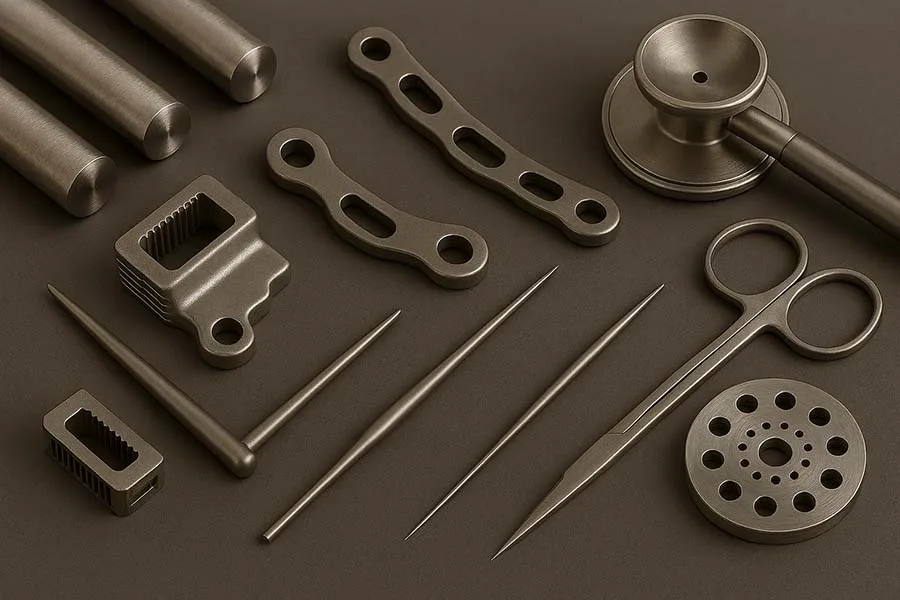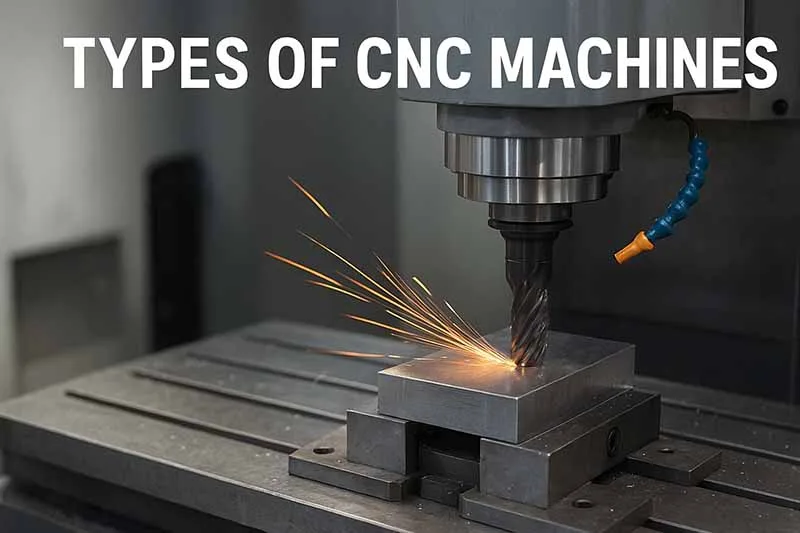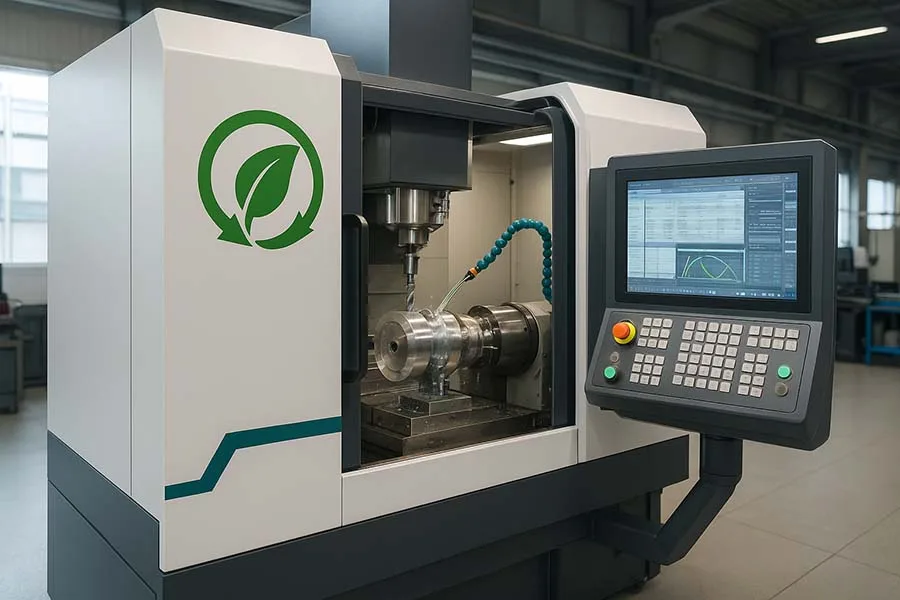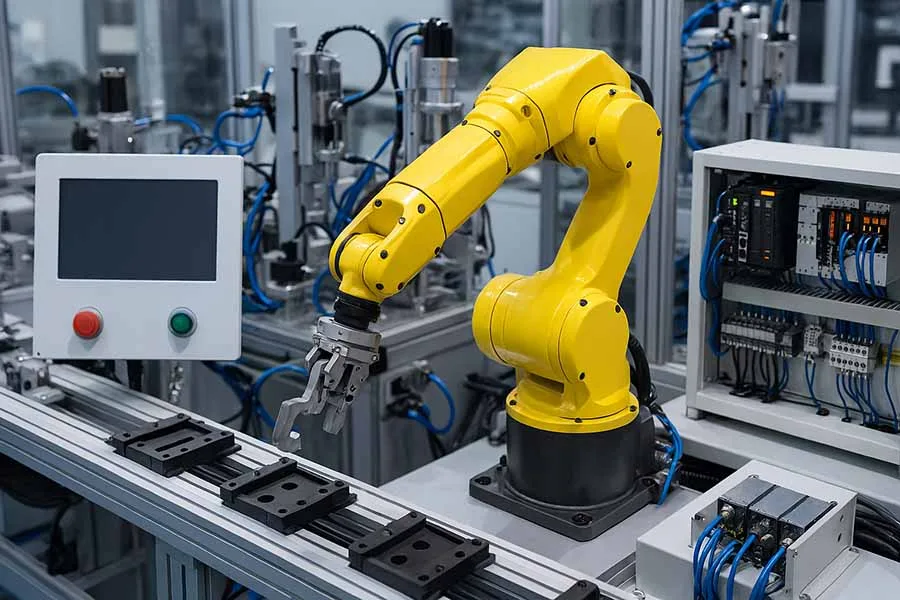CNC machining plays a critical role in the production of medical devices, from surgical instruments to orthopedic implants and diagnostic equipment. The combination of precision, repeatability, and versatility allows manufacturers to meet the strict standards required by healthcare regulators while delivering safe and reliable devices.
In this article, we’ll explore how CNC is applied in medical device manufacturing, the materials used, key machining processes, quality standards, emerging trends, and best practices.
Why CNC is Essential in Medical Device Manufacturing
Medical devices require microscopic tolerances and consistent quality, making CNC machining indispensable:
- High Precision: Surgical tools, implants, and prosthetics demand micron-level accuracy.
- Repeatability: Multiple units of identical components must be produced consistently.
- Complex Geometry: Intricate shapes, tiny holes, and fine threads are common.
- Regulatory Compliance: CNC allows traceable, documented manufacturing processes essential for FDA and ISO compliance.
Fun Fact: Some surgical implants are machined to tolerances of less than 10 microns, thinner than a human hair.
Materials Used in CNC Medical Device Manufacturing
The medical sector relies on materials that are biocompatible, corrosion-resistant, and durable, including metals, plastics, and composites.
1. Metals
| Metal | Properties | Machinability | Typical Use |
|---|---|---|---|
| Stainless Steel | Corrosion-resistant, strong, biocompatible | Moderate | Surgical instruments, orthopedic implants |
| Titanium | High strength-to-weight, corrosion-resistant, biocompatible | Challenging | Joint replacements, dental implants, spine devices |
| Cobalt-Chrome | Extremely hard, wear-resistant | Difficult | Hip and knee implants, dental crowns |
| Aluminum | Lightweight, corrosion-resistant | Excellent | Surgical trays, instrument housings |
Practical Tip: Titanium is preferred for load-bearing implants due to its strength, low density, and biocompatibility, while stainless steel is common for surgical instruments and temporary devices.
2. Plastics
| Plastic | Properties | Machinability | Typical Use |
|---|---|---|---|
| PEEK (Polyether Ether Ketone) | High strength, chemically resistant, biocompatible | Moderate | Implants, spinal cages, surgical instruments |
| ABS | Impact-resistant, lightweight | Excellent | Equipment housings, non-load-bearing components |
| Polycarbonate | Transparent, tough, sterilizable | Moderate | Medical device covers, instrument windows |
| Nylon (PA) | Durable, low friction | Good | Mechanical components, tubing connectors |
Tip: Plastics are ideal for lightweight housings, disposable components, or parts requiring chemical resistance, like sterilization procedures.
3. Composites
| Composite | Properties | Machinability | Typical Use |
|---|---|---|---|
| Carbon Fiber | Strong, lightweight, corrosion-resistant | Challenging | Prosthetics, surgical guides |
| Glass Fiber | Durable, corrosion-resistant | Moderate | Non-load-bearing structural components |
| Reinforced Polymers | Tough, stable | Moderate | Instrument handles, device housings |
Lesser-Known Fact: Some prosthetic devices use carbon fiber-metal hybrids, combining lightweight fibers with titanium or stainless steel for optimal strength and comfort.
CNC Processes in Medical Device Manufacturing
Medical devices require versatile and precise CNC machining, often involving multiple steps and specialized tooling:
- Milling: Produces implants, housings, and surgical instrument bodies.
- Turning: Creates cylindrical parts like pins, screws, and shafts.
- Drilling & Micro-Drilling: Precision holes for fasteners, fluid channels, or alignment features.
- Multi-Axis Machining: 5-axis machines handle complex geometries, including contoured implants and surgical guides.
- Micro-CNC: Specialized small-scale CNC for tiny components in diagnostic and electronic devices.
Tip: Multi-axis and micro-CNC machining ensures high-quality production of components that meet tight dimensional tolerances.
Quality Standards and Regulatory Compliance
Medical devices must meet strict regulatory requirements:
- ISO 13485: Quality management for medical devices.
- FDA regulations (21 CFR Part 11 & 820): Traceability, documentation, and process control.
- Inspection Methods:
- CMM (Coordinate Measuring Machines) for dimensional verification
- Laser scanning for surface accuracy
- Microscopy for micro-feature inspection
- Non-destructive testing for implants
Practical Tip: CNC machining inherently supports documentation and traceability, critical for audits, recalls, and regulatory approvals.
Emerging Trends in Medical CNC Manufacturing
- Patient-Specific Implants: CNC machining combined with 3D scanning and imaging produces custom-fit implants for individual patients.
- Micro-Machining and Miniaturization: Advanced CNC enables production of small surgical tools and micro-devices.
- Hybrid Manufacturing: Combining additive manufacturing with CNC finishing for complex, lightweight implants.
- Automation and AI: CNC machines with AI monitoring ensure consistent quality and minimize tool wear.
Fun Fact: Some custom orthopedic implants are machined in a single setup using multi-axis CNC, reducing production time from weeks to days.
Choosing CNC Solutions for Medical Device Production
When selecting CNC machines for medical applications:
- Machine Type: Multi-axis and micro-CNC machines are preferred for intricate geometries.
- Tooling: Must accommodate metals, plastics, and composites while maintaining biocompatibility.
- Material Expertise: Understanding each material’s machinability and sterilization requirements is essential.
- Collaboration: Close cooperation between engineers, clinicians, and CNC programmers ensures optimal patient outcomes.
CNC in Medical Devices FAQ
Read more about CNC Materials & Applications
- CNC Materials & Applications
- CNC in Energy & Oil Equipment
- Materials Used in CNC Machining
- CNC in Aerospace Manufacturing: Precision, Materials, and Technology
- CNC in Automotive Production
- CNC in Medical Devices
Conclusion
CNC machining is essential for the medical device industry, enabling production of components that meet the highest standards of precision, safety, and biocompatibility. From metals and plastics to composites, understanding material properties, machining techniques, and regulatory requirements ensures devices are safe, reliable, and effective.





